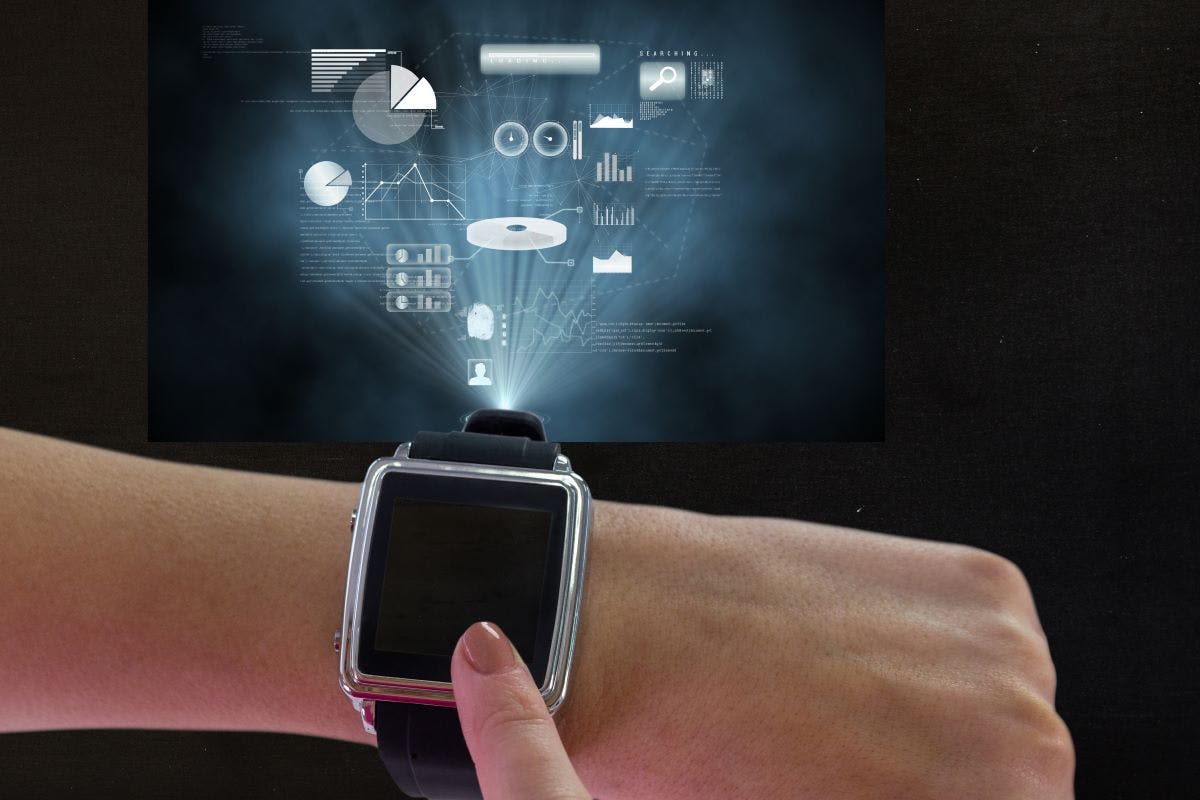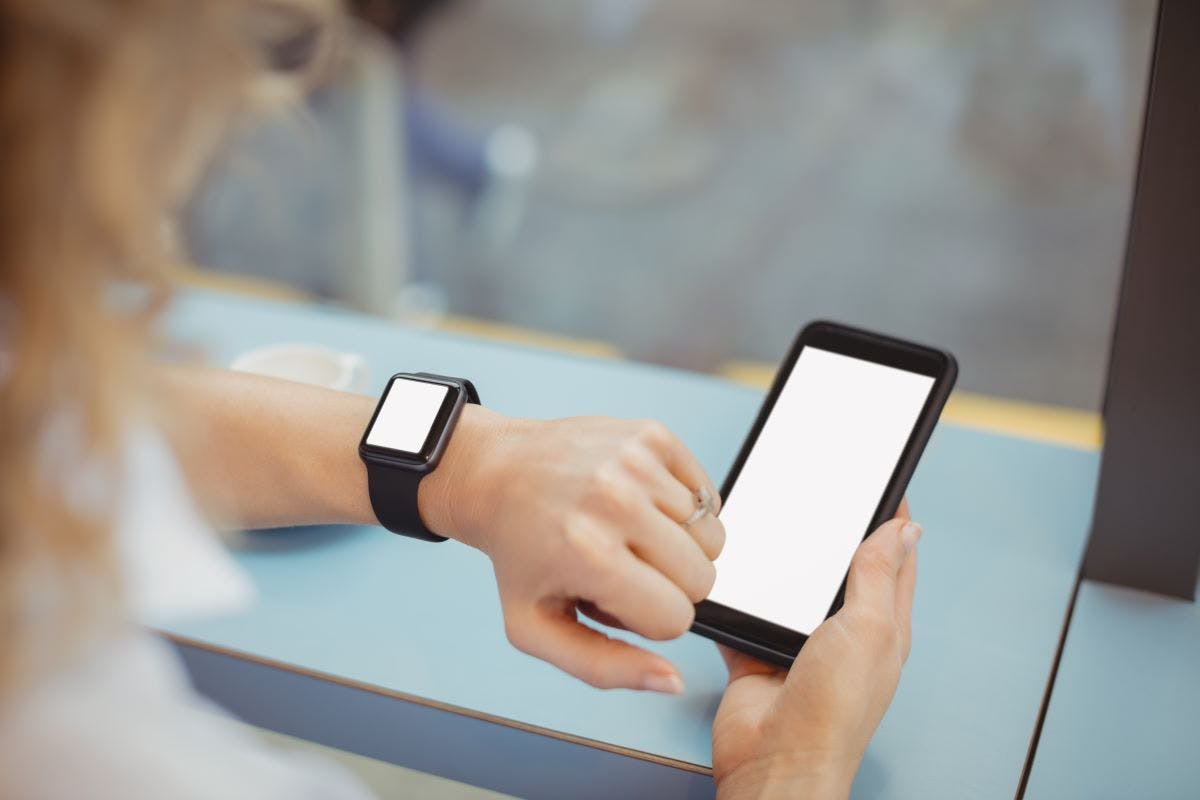Wearable technology has emerged as a prominent trend in recent years, revolutionizing the way we interact with and experience technology. These smart devices, worn on the body as accessories or clothing, have become an integral part of our daily lives. As technology continues to evolve, wearable devices and applications will become increasingly ingrained in our daily lives, shaping industries and transforming user experiences. By addressing these challenges and leveraging the advantages of wearable technology, developers can create innovative applications that truly unleash the potential of this exciting and rapidly growing field.
In this article, we will explore the advantages and challenges associated with wearable application development and the potential they hold in various industries.
Advantages of Wearable Application Development

Enhanced User Experience
Wearable applications have the unique ability to provide users with a seamless and immersive experience. By leveraging the sensors and connectivity options available on wearable devices, developers can create applications that deliver personalized and context-aware information. For example, a fitness tracker can monitor an individual's heart rate, steps taken, and calories burned, providing real-time feedback and motivating users to achieve their fitness goals.
Increased Accessibility
Wearable devices are designed to be easily accessible, always within arm's reach. This accessibility allows users to interact with applications effortlessly, without the need to take out their smartphones or laptops. The development of Wearable applications enables users to receive notifications, respond to messages, and perform quick tasks conveniently, making them ideal for time-sensitive situations or when the hands-free operation is essential.
Health and Wellness Tracking
One of the most significant advantages of wearable application development lies in the domain of health and wellness. Wearable devices equipped with sensors, such as heart rate monitors, accelerometers, and sleep trackers, can collect valuable health data. Developers can leverage this data to build applications that track and analyze various aspects of an individual's well-being, including physical activity, sleep patterns, stress levels, and more. This information can empower users to make informed decisions about their lifestyles and take proactive measures to improve their health.
Seamless Integration with IoT
Wearable devices serve as a bridge between the digital and physical worlds, making them an integral part of the Internet of Things (IoT) ecosystem. With the development of wearable applications, these devices can connect and interact with other smart devices, creating a seamless and interconnected environment. For instance, a smartwatch can sync with a home automation system, allowing users to control lighting, temperature, and security systems with a simple gesture on their wrist.
Challenges of Wearable Application Development

Limited Screen Real Estate
Unlike smartphones or tablets, wearable devices typically have limited screen real estate. Developers face the challenge of designing user interfaces that are intuitive, visually appealing, and functional within these constraints. They must carefully prioritize information and interactions, ensuring that only the most relevant content is displayed on the small screen. Moreover, developers need to consider different screen sizes and resolutions across various wearable devices, further adding to the complexity of application development.
Battery Life Optimization
Battery life is a critical factor for wearable devices, as users expect them to last for extended periods without frequent charging. This poses a challenge for developers, who need to optimize their applications to consume minimal power. Efficient use of sensors, minimizing background processes, and implementing power-saving techniques are crucial to ensure a balance between functionality and battery life.
Data Security and Privacy
Wearable devices collect and process a vast amount of personal data, including health information, location data, and biometric data. This data presents a significant security and privacy challenge for developers. They must implement robust encryption protocols, secure data storage mechanisms, and strict access controls to protect user information from unauthorized access and potential breaches.
Fragmentation and Compatibility
The wearable device market is diverse, with various manufacturers offering different platforms, operating systems, and compatibility requirements. This fragmentation poses a challenge for developers who need to ensure their applications work seamlessly across multiple devices and operating systems. Developers must invest time and resources to test and optimize their applications for different wearable platforms, ensuring compatibility and a consistent user experience. This requires staying updated with the latest developments in wearable technology and adapting applications accordingly.
Context-Aware Development
Wearable applications have the potential to provide context-aware experiences by leveraging the sensors and data available on the devices. However, developing context-aware applications presents a unique challenge. Developers need to carefully analyze and interpret sensor data to understand user context accurately. This involves addressing issues such as sensor accuracy, noise reduction, and contextual inference algorithms. Creating applications that can adapt to different contexts and provide relevant information at the right time requires sophisticated development techniques and algorithms.
User Acceptance and Adoption
Despite the growing popularity of wearable devices, user acceptance and adoption of wearable applications can still be a challenge. Some users may find wearing and interacting with these devices intrusive or uncomfortable. Developers must focus on creating intuitive and user-friendly interfaces, providing clear value propositions, and addressing any privacy concerns to encourage users to embrace wearable applications.
Conclusion
Wearable application development presents many advantages and challenges. From enhanced user experiences and increased accessibility to health tracking and IoT integration, the potential of wearable applications is vast. However, developers must overcome challenges such as limited screen real estate, battery life optimization, data security, and compatibility to unlock this potential fully.